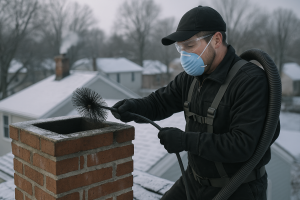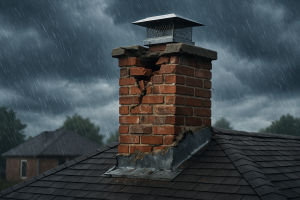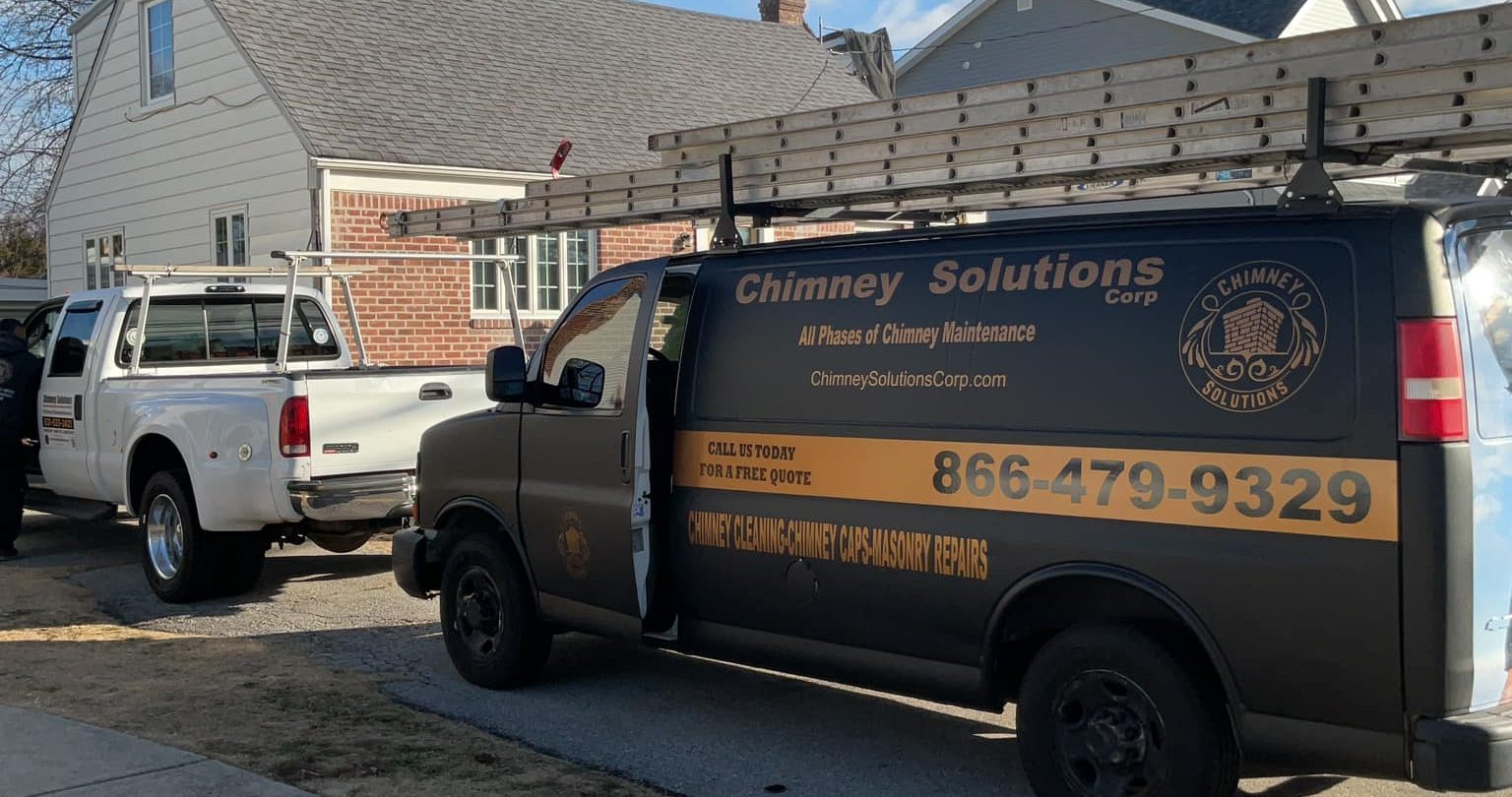Winterizing Your Chimney to Avoid Seasonal Damage
As winter approaches, it’s essential for homeowners to prepare their chimneys for the cold weather. Proper winterization can prevent a range of issues, from water damage and masonry deterioration to the buildup of dangerous byproducts like creosote. At Chimney Solutions Corp, we offer comprehensive chimney maintenance services to help you protect your chimney system from the harsh winter weather. This article will guide you through the steps to winterize your chimney, ensuring it remains safe and functional throughout the season.
The Importance of Winterizing Your Chimney
Winter weather brings a host of challenges that can affect your chimney’s structural integrity and functionality. Cold temperatures, precipitation, and freeze-thaw cycles can lead to significant chimney damage if preventive measures are not taken. Water damage, spalling, and creosote buildup are just a few of the issues that can arise during the winter months. By winterizing your chimney, you can prevent these problems and extend the life of your chimney system.
1. Schedule an Annual Chimney Inspection
The first step in winterizing your chimney is to schedule an annual chimney inspection with a certified chimney sweep. An inspection will identify any existing issues, such as cracks in the chimney crown, damaged mortar joints, or a deteriorating chimney cap, that could worsen during the winter.
Why It Matters: Regular inspections allow for early detection of potential problems, ensuring that necessary chimney repairs are completed before the onset of cold weather. This proactive approach helps to prevent costly damage and ensures your chimney is ready to handle the winter season.
2. Clean the Chimney Flue and Remove Creosote Buildup
Creosote, a byproduct of burning wood, can accumulate inside the chimney flue, creating a fire hazard. Creosote buildup is especially dangerous during the winter months when chimneys are used more frequently.
Why It Matters: A professional chimney sweep can remove creosote buildup, reducing the risk of a chimney fire. Chimney cleaning also clears out any blockages or debris that could obstruct proper venting, ensuring that dangerous gases like carbon monoxide are safely expelled from your home.
3. Inspect and Repair the Chimney Cap and Crown
The chimney cap and crown are vital components that protect your chimney from water damage. The cap prevents rain, snow, and debris from entering the chimney flue, while the crown serves as a protective barrier at the top of the chimney masonry.
Why It Matters: Damaged or missing chimney caps and cracked crowns can lead to water damage, freeze-thaw cycles, and masonry deterioration. Repairing or replacing these components as part of your winter chimney maintenance helps to prevent chimney leaks and extends the life of your chimney system.
4. Waterproof Your Chimney
Waterproofing your chimney is a crucial step in preventing winter-related chimney damage. The application of a waterproofing sealant can protect the chimney masonry from water infiltration, which can cause spalling, flaking, and other forms of masonry damage during freeze-thaw cycles.
Why It Matters: Waterproofing your chimney helps to maintain the structural integrity of the masonry and prevents water damage. This process is especially important for older chimneys that may already show signs of wear.
5. Check the Chimney Damper and Firebox
The damper and firebox are key components of your chimney system that should be checked before winter. The damper controls the airflow in your chimney, while the firebox contains the fire and protects the surrounding structure from heat.
Why It Matters: A properly functioning damper improves energy efficiency by preventing warm air from escaping your home when the fireplace is not in use. Ensuring the firebox is in good condition helps to maintain fire safety and chimney performance during the winter months.
6. Address Any Masonry Repairs
Winter weather can exacerbate existing masonry damage, such as cracks in the mortar joints or deteriorating bricks. If these issues are not addressed before winter, they can lead to more severe damage and costly repairs.
Why It Matters: Timely masonry repairs, including repointing and fixing mortar joints, help to prevent water infiltration and structural damage. Certified chimney sweeps from Chimney Solutions Corp can assess and repair any masonry damage, ensuring your chimney is well-prepared for winter.
7. Ensure Proper Venting and Chimney Liner Condition
Proper venting is essential for the safe operation of your chimney, especially during the winter when the risk of carbon monoxide poisoning is higher. Checking the condition of the chimney liner is a crucial part of this process.
Why It Matters: A damaged or deteriorating chimney liner can lead to inefficient venting and increased risk of chimney fires. Ensuring that your chimney liner is in good condition and that your chimney is venting properly helps to protect your home and family during the winter.
Conclusion: Trust Chimney Solutions Corp for Winter Chimney Maintenance
Winterizing your chimney is an essential step in protecting your home from seasonal damage. At Chimney Solutions Corp, our certified chimney sweeps offer comprehensive chimney inspections, cleaning, and repair services to ensure your chimney is ready for winter. By taking the time to winterize your chimney, you can enjoy the warmth and comfort of your fireplace with peace of mind, knowing that your chimney system is safe and functional.



